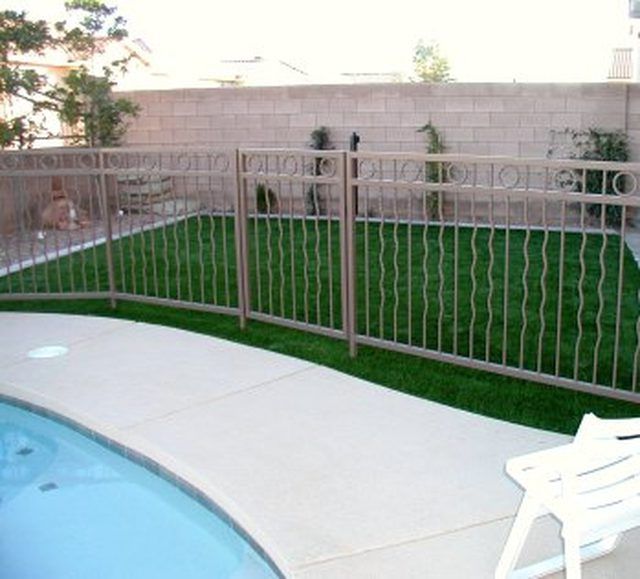Bulbs
Flower Basics
Flower Beds & Specialty Gardens
Flower Garden
Garden Furniture
Garden Gnomes
Garden Seeds
Garden Sheds
Garden Statues
Garden Tools & Supplies
Gardening Basics
Green & Organic
Groundcovers & Vines
Growing Annuals
Growing Basil
Growing Beans
Growing Berries
Growing Blueberries
Growing Cactus
Growing Corn
Growing Cotton
Growing Edibles
Growing Flowers
Growing Garlic
Growing Grapes
Growing Grass
Growing Herbs
Growing Jasmine
Growing Mint
Growing Mushrooms
Orchids
Growing Peanuts
Growing Perennials
Growing Plants
Growing Rosemary
Growing Roses
Growing Strawberries
Growing Sunflowers
Growing Thyme
Growing Tomatoes
Growing Tulips
Growing Vegetables
Herb Basics
Herb Garden
Indoor Growing
Landscaping Basics
Landscaping Patios
Landscaping Plants
Landscaping Shrubs
Landscaping Trees
Landscaping Walks & Pathways
Lawn Basics
Lawn Maintenance
Lawn Mowers
Lawn Ornaments
Lawn Planting
Lawn Tools
Outdoor Growing
Overall Landscape Planning
Pests, Weeds & Problems
Plant Basics
Rock Garden
Rose Garden
Shrubs
Soil
Specialty Gardens
Trees
Vegetable Garden
Yard Maintenance
How to Grow Grass in a Desert Climate
How to Grow Grass in a Desert Climate. A desert landscape for your yard is called a xeriscape. While it looks great from the street or the backyard window, you may want to include a small grassy area for the kids to play on or for the dog. Most xeriscape materials include crushed granite as the ground cover, and it's not a comfortable or safe...

A desert landscape for your yard is called a xeriscape. While it looks great from the street or the backyard window, you may want to include a small grassy area for the kids to play on or for the dog. Most xeriscape materials include crushed granite as the ground cover, and it's not a comfortable or safe surface for kids and pets. You can grow grass in a desert climate by choosing the right kind and planting it when the season is right. Enjoy the benefits of a green, soft carpet of grass without using too much water.
Things You'll Need
Edging, either concrete or vinyl
Rototiller
Soil amendments like topsoil and gypsum
Steer manure
Grass seed appropriate for the season and the amount of sun your future lawn will get
Hose with a sprinkler attachment
Rake and shovel
Wheelbarrow
Remove the existing ground cover, if necessary. If you have rock as your landscaping material, put it in a wheelbarrow and add it to the part of the yard where you are keeping the rock cover.
Dig down about 3 inches into the soil to break it up with the rototiller. You can dig it with a shovel, but it goes much faster and easier with a rototiller. You can rent these from home improvement stores.
Install the edging to border where you want the grass to grow. Chances are, you will have to plant Bermuda grass, which is notorious for spreading all over if you do not contain it somehow with a border or edging. Once Bermuda starts to spread, it is very hard to pull. Its roots go deep.
Add the top soil and gypsum in amounts suggested on the bag. The usual spread rate is 1 pound per 10 square feet (a 5 x 2-foot) area of gypsum. You do not have to be too careful with gypsum. It won't harm plant roots. The more top soil you add to your native soil will result in a lush, green lawn more quickly. Adding about 40 pounds per 100 square feet (10 x 10-foot) will assure you of a great lawn.
Work the amendments into the native soil, and level it out with a rake.
Spread the seeds either with a seed spreader, or evenly toss them from the bag. Since Bermuda grass spreads so easily, it is okay to miss a few places here and there. By the end of the season, your lawn will have filled in well.
Toss some steer manure on top of the seed to retain moisture and keep the birds from eating the seeds.
Water the lawn with a hose using a sprayer head set to "spray." You will have to water at least three times a day for the first three days (more if it is really hot) for a minimum of 10 minutes, and twice a day after that for at least 10 days. The soil should be kept moist, but not wet. The seeds will emerge in about 14 days. Resist the urge to water every day. Instead, start watering for fewer intervals, but for longer times to encourage the roots to go deep to get the moisture.
Tips & Warnings
Start your lawn in May, before it is blistering hot. Use Bermuda for the best heat and drought tolerance. In October or November, you will have to over seed your lawn with rye grass seed, because Bermuda goes dormant when the weather cools off.
Look into installing an irrigation system for your lawn if you do not want to use the hose and a sprinkler to water it, or don't have access to flood irrigation.
Dogs love to roll in steer manure. If don't want to have to bathe Fido daily, keep him or her away from the newly planted yard.